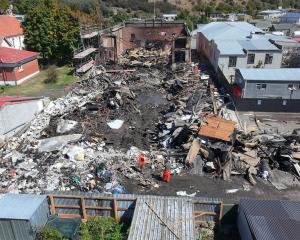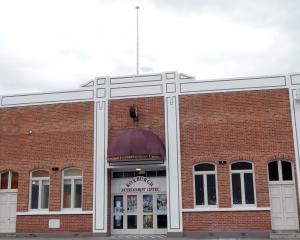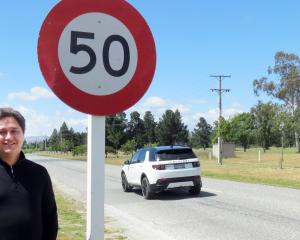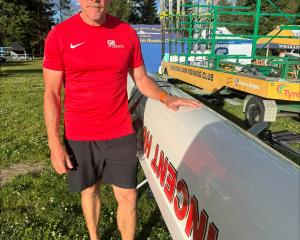
When Lake Dunstan formed behind the Clyde Dam 30 years ago, it flooded Kevin Jackson’s orchard in the Cromwell Gorge.
He lost "the best apricot in the world".
And, he is yet to show a profit from his new, still developing orchard.
But, such bad-luck stories are gradually being lost as a new generation enjoys the prosperity of having a lake full of water on its doorstep.
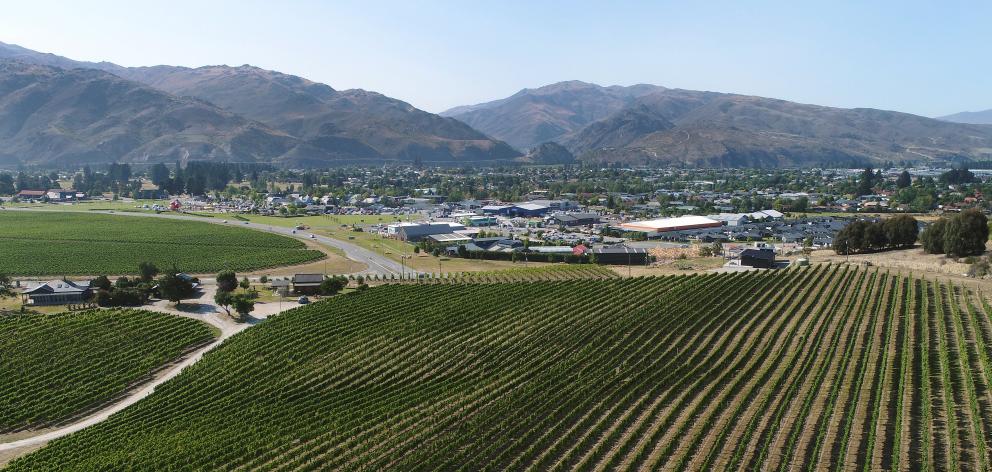
The town is full of new businesses, the roads are full of tourist and commuter vehicles and the pages of local papers are full of job vacancy advertisements.

It wanted the electricity to reduce the country’s reliance on imported oil and to fuel heavy industry such as an aluminium smelter at Aramoana — which never eventuated.
The value of the dam then was measured in dollars and cents but today, it could be argued, it has an even greater value as one of the country’s bulwarks against climate change.
And almost incidentally, at a local level it has helped transform the Cromwell Basin, both physically and economically.
The powerful, swirling Clutha River has been replaced by a tame expanse of flat water, with a much higher water table more easily tapped into by irrigators.

"Those who worked on the dam were paid pretty good money.
"Some of those people did invest into the early examples of what I would call the corporate horticulture set-ups."
These drove the expansion of early vineyards and cherry orchards.
"Some of those people have made large fortunes into smaller ones, and some of them have certainly, probably turned them into bigger ones — such is the fickle nature of horticulture and viticulture."
And, he said, those opportunities are still there.
"Are they a direct result of Lake Dunstan being formed?
"In part they have to be.
"Could that have happened without Lake Dunstan?
"Yeah, possibly. You’ll never be able to answer that."
South African born viticulturalist Robin Dicey was "bored" growing kiwifruit in the North Island when he came to Central Otago

He firstly encountered the pioneering Rippon vineyard, at Wanaka, and could see the region’s potential.
"I said to my family, I absolutely love it here.
"I like the climate, I like the appearance, I like the fact that it’s obviously not a wet climate ..."
Two years later, he bought a partially irrigated block of land in a "bleak and barren" landscape at Bannockburn — knowing Lake Dunstan was coming.
"I was aware the people who had promoted Lake Dunstan were giving us as potential growers or farmers sitting alongside the lake the assurance we would always have water for irrigation."
And, where water was applied, he found soils were "utterly ideal" for the grapes he planted — Chardonnay, Riesling, pinot gris and pinot noir.
To help pay for the venture, Mr Dicey picked fruit and his wife, Margaret, went relief teaching and cleaning motels.
Mr Dicey convinced Otago Polytechnic to allow him to begin teaching viticulture, making the claim wine would be bigger than fruit-growing in five years.
"I had no basis for saying that".
His business, Grape Vision, grew from there and has taken a leading role in the Cromwell Basin’s transformation.
Mr Dicey believes Lake Dunstan has had an "absolutely huge" effect, providing a reliable and ‘‘non-fluctuating’’ source of water, and at a higher level than the river.
And, he believes, there is much more development to come.
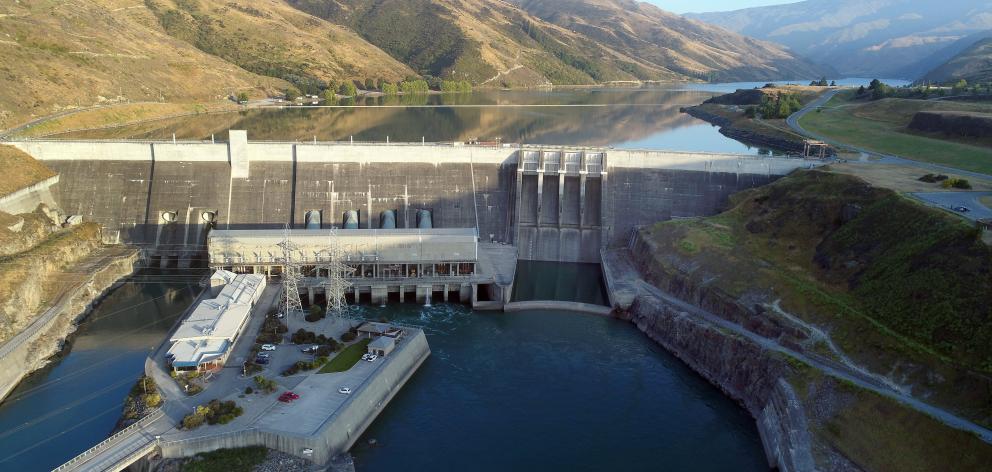
"We are certainly not a mature industry; we are not a mature area ... we’ve got an awfully long way to go."
Cherry orchards favour the flat land of the basin floor, while vineyards are gradually gaining altitude along the sides of the basin, although they have "very specific height limitations".
"It is generally accepted 350m [above sea level], maybe at a push 400m and after that you start having ripening problems.
"The higher you go, the lower your potential yields."

His first acquisition was an orchard in the Cromwell Gorge, an investment that paid a big early dividend in 1970 when a hard spring frost wiped out most of the region’s apricots except his.
His orchard was protected by the gorge’s slightly warmer micro-climate and an array of oil-burning frost pots.
And, today he considers the gorge’s climate and soil was perfect for apricots.
"We were able to grow the best-quality apricots in the world."
Mr Jackson has tried to replicate the gorge apricot at his new orchard near Cromwell.
"We’ve planted new strains, we’ve used new methods but have yet to be able to produce the standard, quality and flavour of that particular crop that we grew in the gorge."
Mr Jackson said 20 profitable years in the gorge enabled him to make many investments in businesses, from forestry to hospitality.
But, he still laments the loss of his orchard, the potential for more orchards in the gorge, and the loss of the "crystal-clear" Clutha River.
Mr Jackson said while some considered Cromwell benefited from the new lake, that had to be measured against the loss of orchard land, the loss of the "pristine" river, the loss of the railway line through the gorge and the loss of much tourist potential for both Cromwell and Clyde.
"The fact that Clyde has a lot of heritage is partly spoilt now because they have got that massive concrete wall shadowing the main township.
"But you can’t turn the clock back.
"I don’t want to be anti-dam too much, because of the fact that it’s there and we have to make the most of it."




